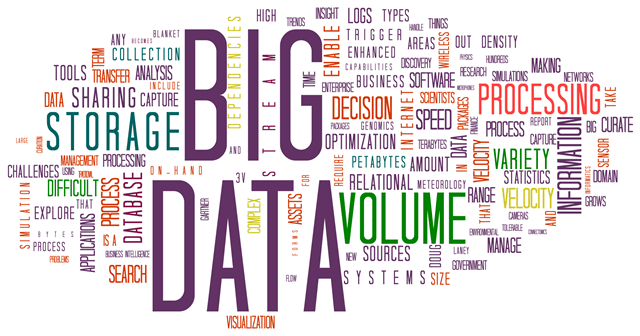The best business intelligence tools offer four key capabilities beyond standard analytics.
They integrate data They give users access to the data in a data catalog They help interpret the data using augmented analytics They bring analytics to the apps where users work with embedded analytics.
This holistic approach allows you to use data sets from various sources, even if they’re in different formats. Since BI tools use machine learning to propel the use of data in business, the entire process (from integrating raw data to gaining actionable insights) is much quicker.
Why Data Integration is Needed
When you’re using multiple data sets, they will be in different formats. Some of them will contain duplications, inconsistencies, or errors, so that has to be accounted for; otherwise, you’ll have low-quality data, which won’t help you make solid business decisions.
Why Data Integration is NeededAugmented Analytics in Business IntelligenceConclusion
A well-laid-out integration process identifies potential inconsistencies as the data is extracted so that any errors in the raw data won’t trickle down to the final insights. Maintaining data quality is vital, as corrupt data will compromise the accuracy of the reports. If insights are being derived from inaccurate data, this can impact overall efficiency across business processes. Even if the errors are caught and corrected manually, this still results in wasted time and effort. The best BI tools begin with an in-depth data integration process. They automatically integrate relevant data, clean and analyze it, and convert it into insights. With consolidated, accurate, and standardized data, it’s much easier to make data-based business decisions.
Augmented Analytics in Business Intelligence
A team of IT specialists administered BI tools in the past. Given the centralized approach, skilled data analysts were required. No matter how expert they were, the insights were still much slower (and often less accurate) than with self-service BI tools. Thanks to augmented analytics, the insights come more quickly and are much more trustworthy when the data is administered by AI technology and end-users. Another contrast between traditional and self-service BI tools is the user interface. Rather than being developed for experts, it’s user-friendly to allow people at various skill levels to access and utilize relevant data. Instead of learning and navigating a complicated layout, users can quickly act on the insights revealed by the augmented analytics engine. The absence of a centralized IT team has another benefit: when a select group of people doesn’t control data security, access control, and data governance, the use of data and insights is streamlined. Here’s an overview of what the top business intelligence tools can do:
Provide faster results – Since data is integrated automatically, not manually, by data analysts, users don’t have to wait for the data to become available. Saves time for data scientists – An automated analytics process frees up time for data scientists, so they have more time to perform complex research. Deepens data analysis – The business intelligence tool thoroughly analyzes data combinations and identifies key factors influencing your organization. Offers actionable insights – With a simplified data analytics process, users can quickly access insights to make informed business decisions.
Thanks to augmented analytics, businesses can better visualize their findings and gain insights from multiple datasets at once. There’s no need to build complex models, much less write their algorithms; those capabilities are already provided by the BI tool. The tool’s augmented analytics engine makes connections between trends in the data, identifies patterns, and offers actionable recommendations. Once the insights are available, stakeholders or company leaders can use them to inform an accurate and efficient decision-making process.
Conclusion
Before they were common, business intelligence tools were a luxury for most organizations; now, they are necessary. If a business wants to stay in front of its competitors, it’ll need one of the best BI tools available. The Gartner Magic Quadrant Business Intelligence report provides a thorough comparison of vendors. However, when it comes to choosing the right BI tool, you can’t simply pick the one with the most features or the best price; you should consider how it will meet your organization’s needs.
It won’t involve too many extra costs for additional resources or infrastructure. Confirm that it offers the specific capabilities that your organization needs. Ensure that the BI tool provides an end-to-end solution that takes users from raw data to actionable insights. Check that it’s compatible with your current data strategy; ideally, this means a multi-cloud and platform-agnostic architecture.
If a business intelligence tool meets these requirements, it might be a solid choice to drive your business forward.
